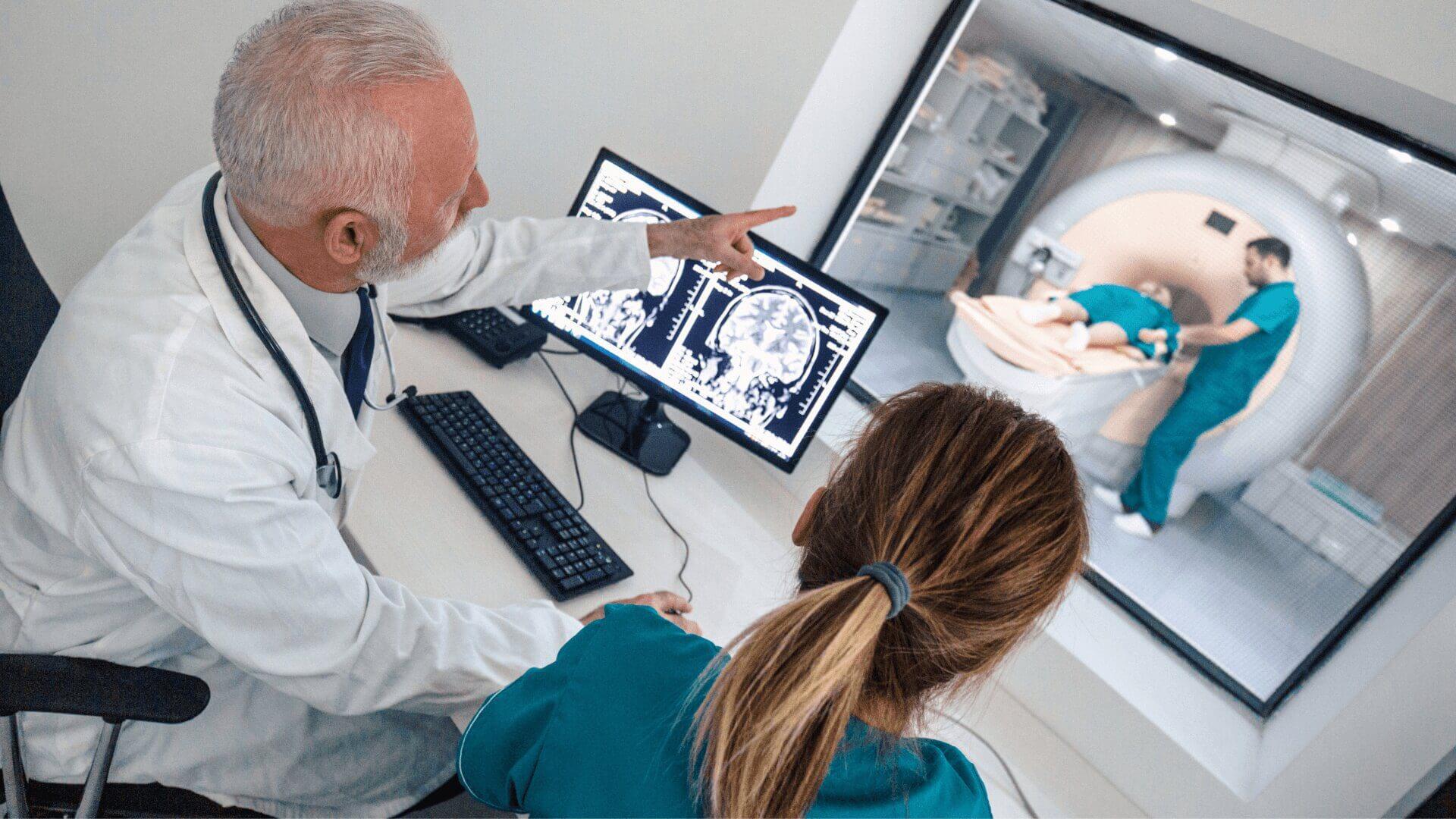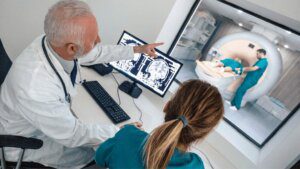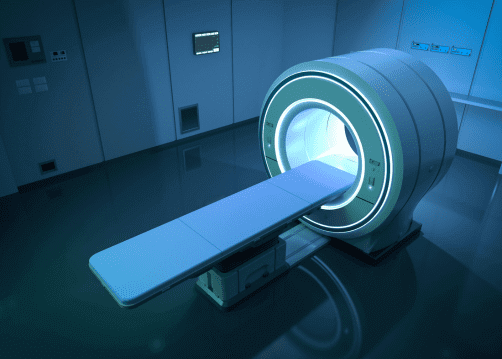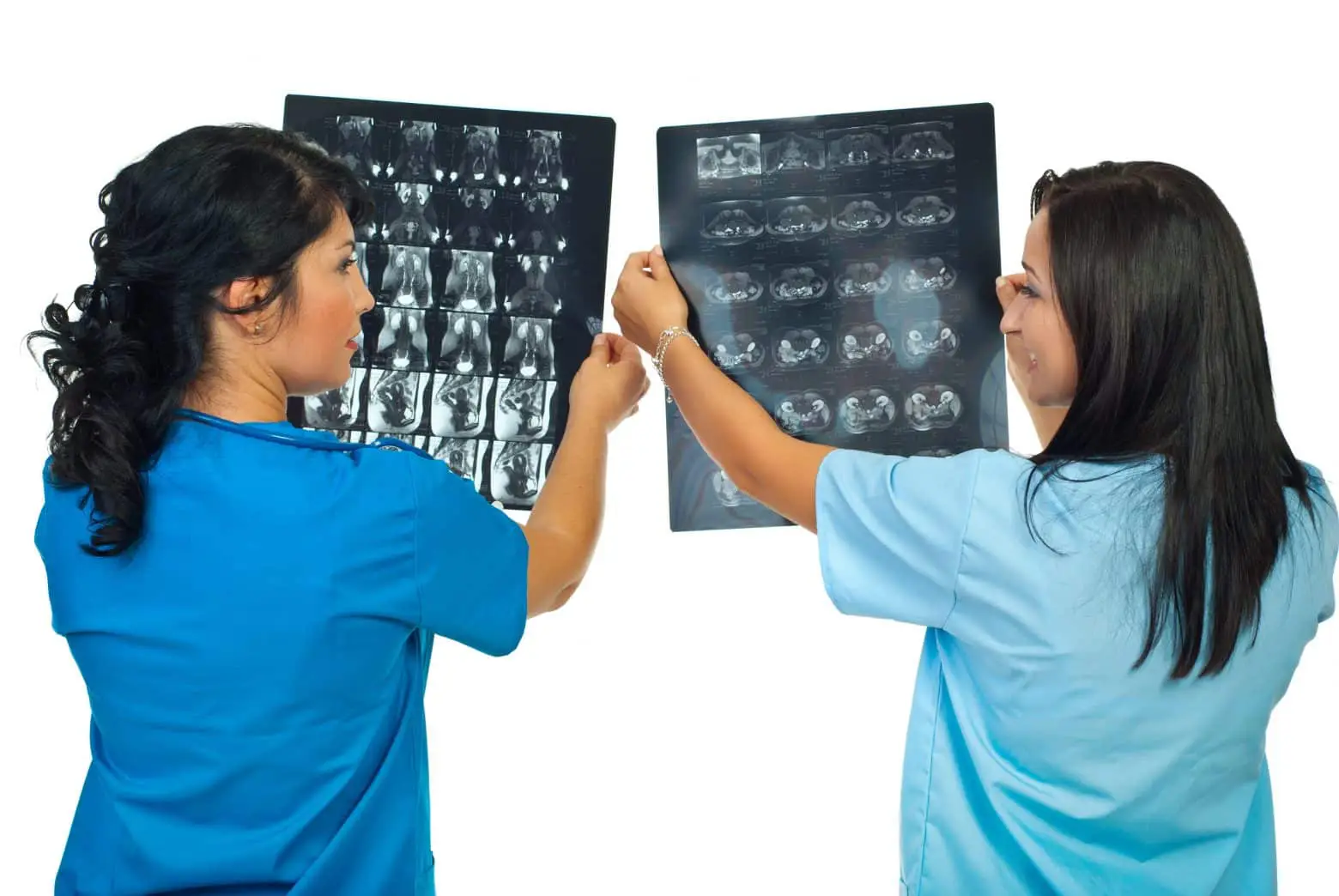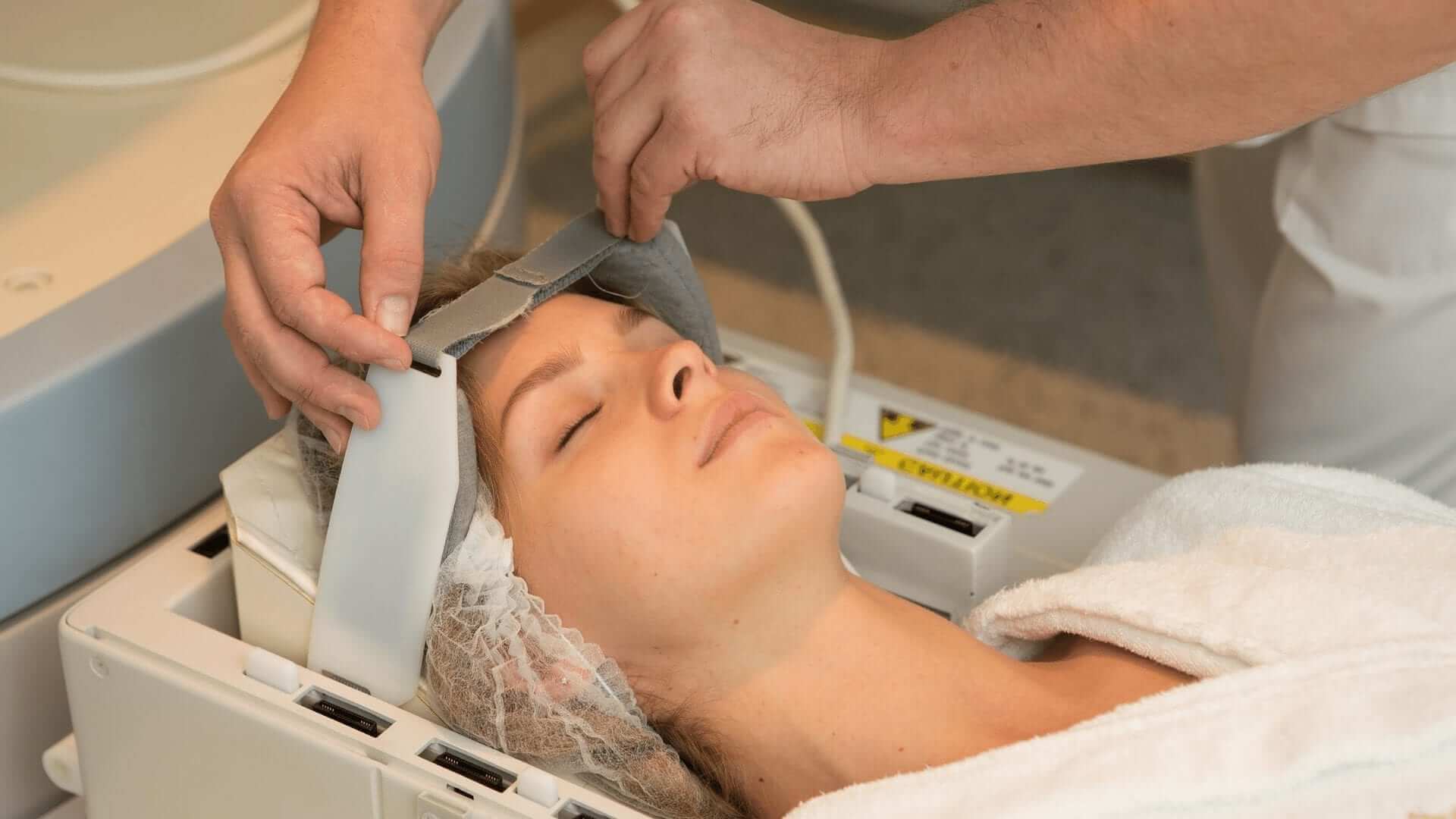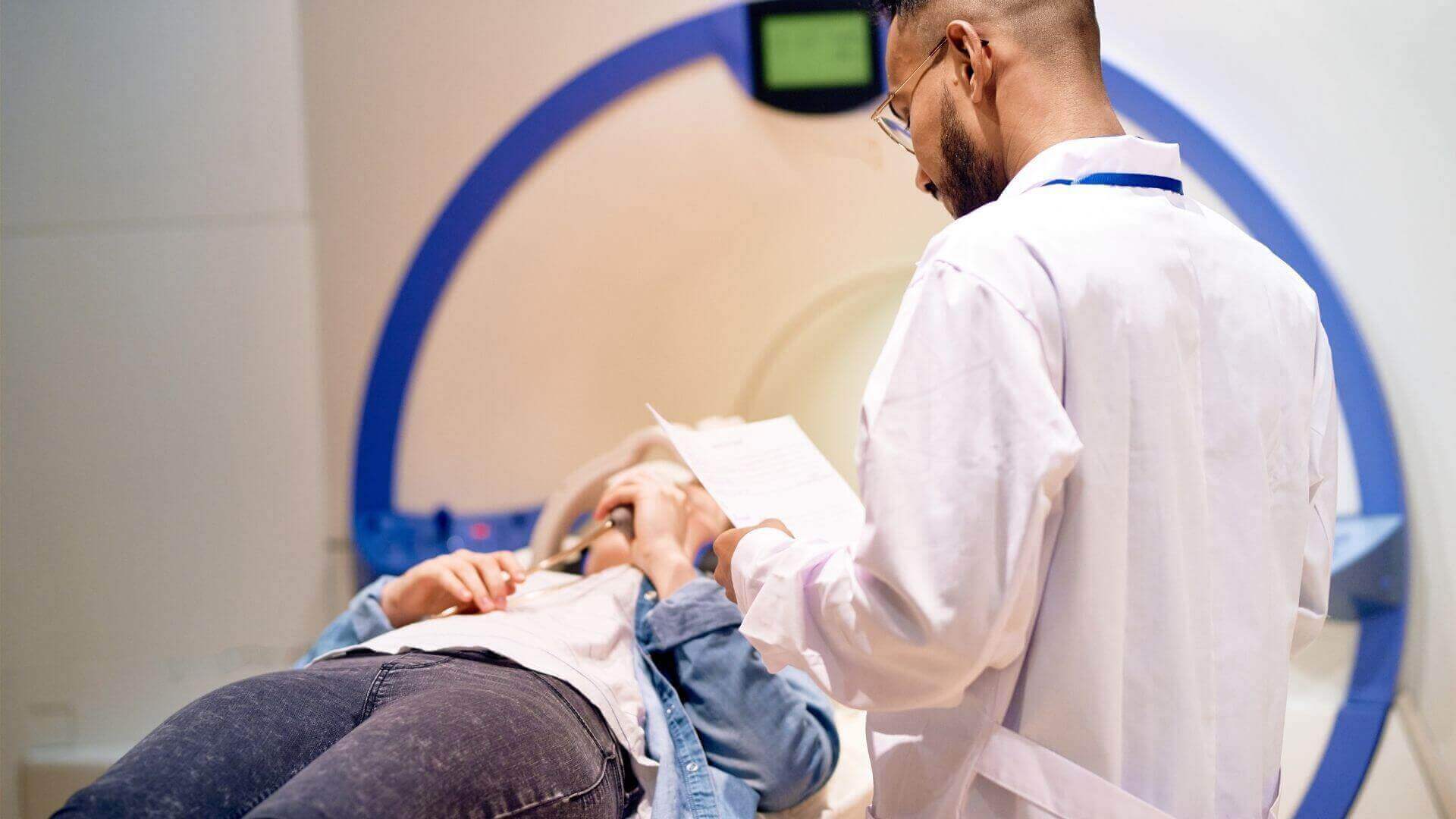How Did We Get the MRI? And What Is It?
Date: January 17, 2023
Within the past decade, magnetic resonance imaging (MRI) has been unarguably one of the most significant medical advancements in science. Because they allow doctors to see inside the human body, MRIs are used to demonstrate the pathological and physiological alterations of living tissues.
Benefits of MRIs
One clear advantage of the MRI procedure is it is relatively harmless to patients. Compared to CT scans and traditional X-rays, ionizing radiation doses may increase malignancy risks, especially in fetuses. By contrast, an MRI machine uses electric magnetic fields and the non-ionizing radiation of radio frequencies. Here’s a list of MRI benefits according to the Radiological Society of North America, Inc. Generally, MRIs:
- Are noninvasive imaging techniques that do not involve radiation exposure;
- Provide images of the body’s soft-tissue structures, such as the heart, liver, and other organs. In some instances, MRIs are more likely to identify and accurately characterize diseases than other imaging methods. This detail makes them invaluable tools in the early diagnosis and evaluation of many focal lesions and tumors;
- Have proven valuable in diagnosing various conditions, including cancer, heart and vascular disease, and muscular and bone abnormalities;
- Detect abnormalities that might otherwise be hidden by bone, as with other imaging methods;
- Allow physicians to assess the biliary system noninvasively and without using contrast injections;
- Have gadolinium contrast materials. Such contrasts are less likely to cause allergic reactions than iodine-based materials used for X-rays and computerized tomography (CT) scans;
- Provide non-invasive alternatives to X-rays, angiographs, and CTs in diagnosing heart and blood vessel problems.3*
*When practitioners follow the appropriate ACR Manual on Contrast Media and its references, MRIs pose almost no risk to the average patient.3
What Experts Say
MRIs are “increasingly being used, from presurgical assessment to managing complex neurological disorders such as Alzheimer’s disease and epilepsy,” writes Stephen Holloway, principal analyst for Signify Research, in an article, “What to Expect in the Next Decade of MRI?”
According to Holloway, “New techniques are also emerging, including cerebral sodium MRI for assessing stroke damage, a technique that required availability of high-field scanners, now possible with declining system prices. Over this time, the MRI has remained at the pinnacle of diagnostic imaging, with untold influence over many advances in diagnostic radiology,” he says.4
Increased Efficiency and Precision
While the scanners have changed little since the first in 1970, MRI procedures continue to increase in efficiency and precision. Further, interfacing computer programs and software have allowed MRI applications to be fully optimized. For this reason, influencers in the field predict MRIs will likely be used in new and revolutionary ways to diagnose and treat diseases the globe over. What was once thought impossible can now be seen.
MRI Training
Any future MRI training program should be accredited and recognized by a governing medical body. If you’ve always wanted to work in healthcare, science, or technology (or all three), completing an MRI program will give you that chance. To find out if you would do well in MRI, take our free quiz here.~
Citations:
1 ^a, b, c Admin. “The Fascinating History of the MRI Machine.” Star Imaging Research Centre. Aug. 9, 2018. (Accessed June 25, 2021.)
2 ^a, b Tretkoff, Ernie. “This Month in Physics News, July 1977.” APS Physics. 2019. (Accessed June 25, 2021.)
3 ^a, b “Magnetic Resonance Imaging (MRI)-Body.” Radiological Society of North America, Inc. June 18, 2018. (Accessed June 17, 2021.)
4 Holloway, Steve. “MRI 2028: What to Expect in the Next Decade of MRI?” European Society of Radiology. March 29, 2018. (Accessed June 25, 2021.)

